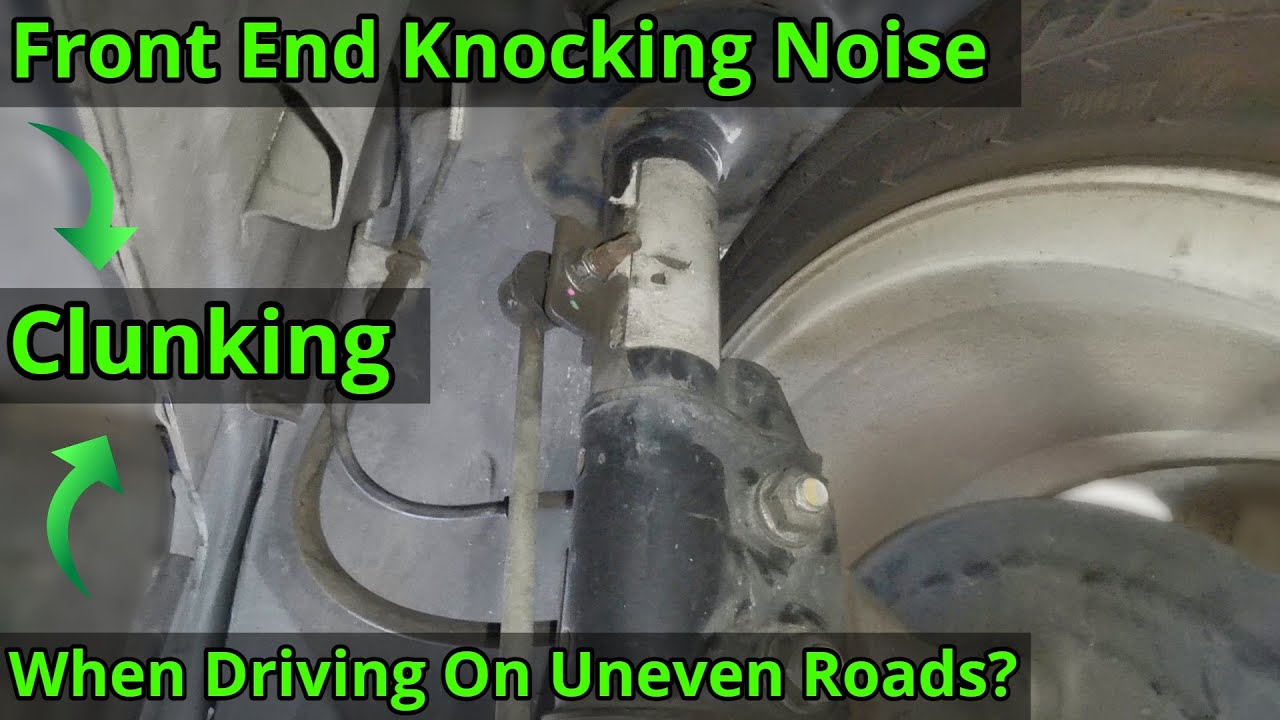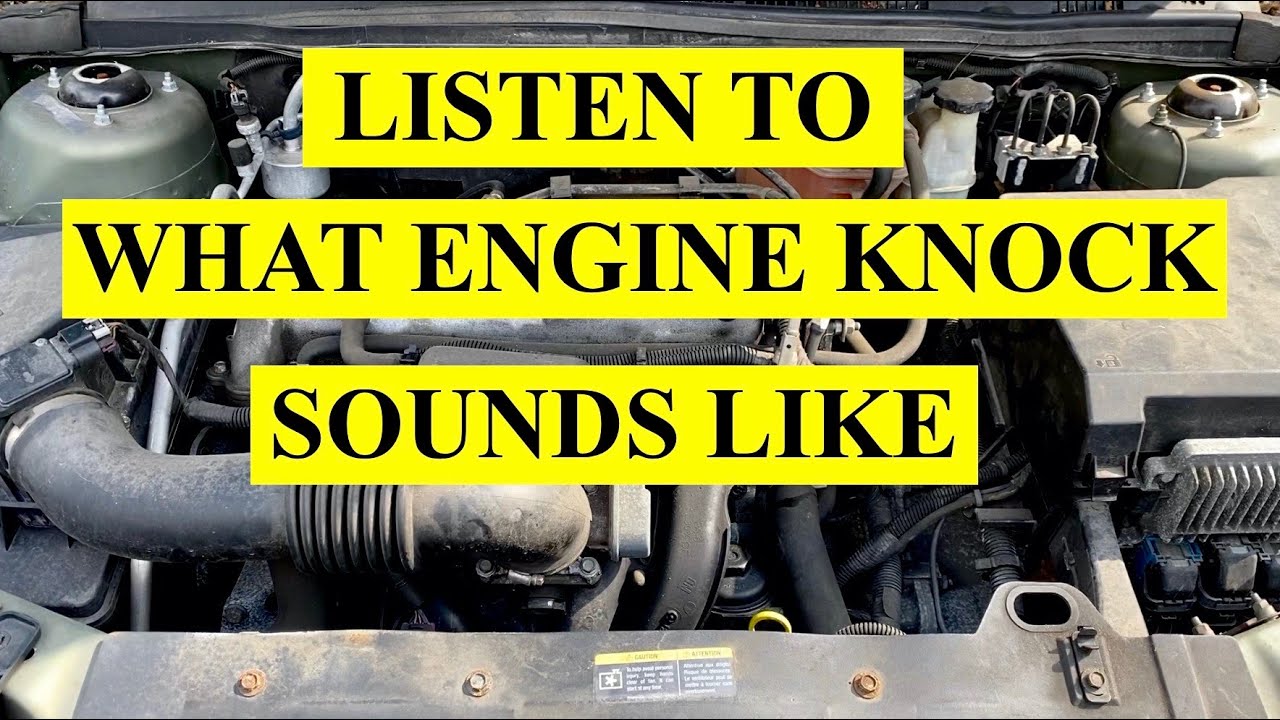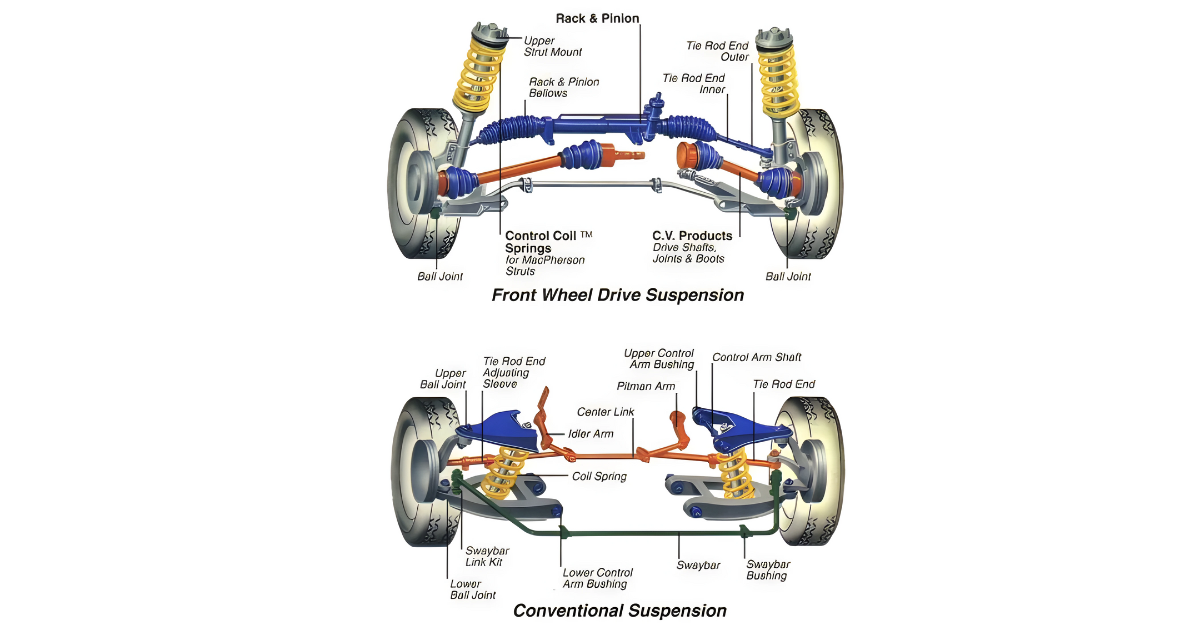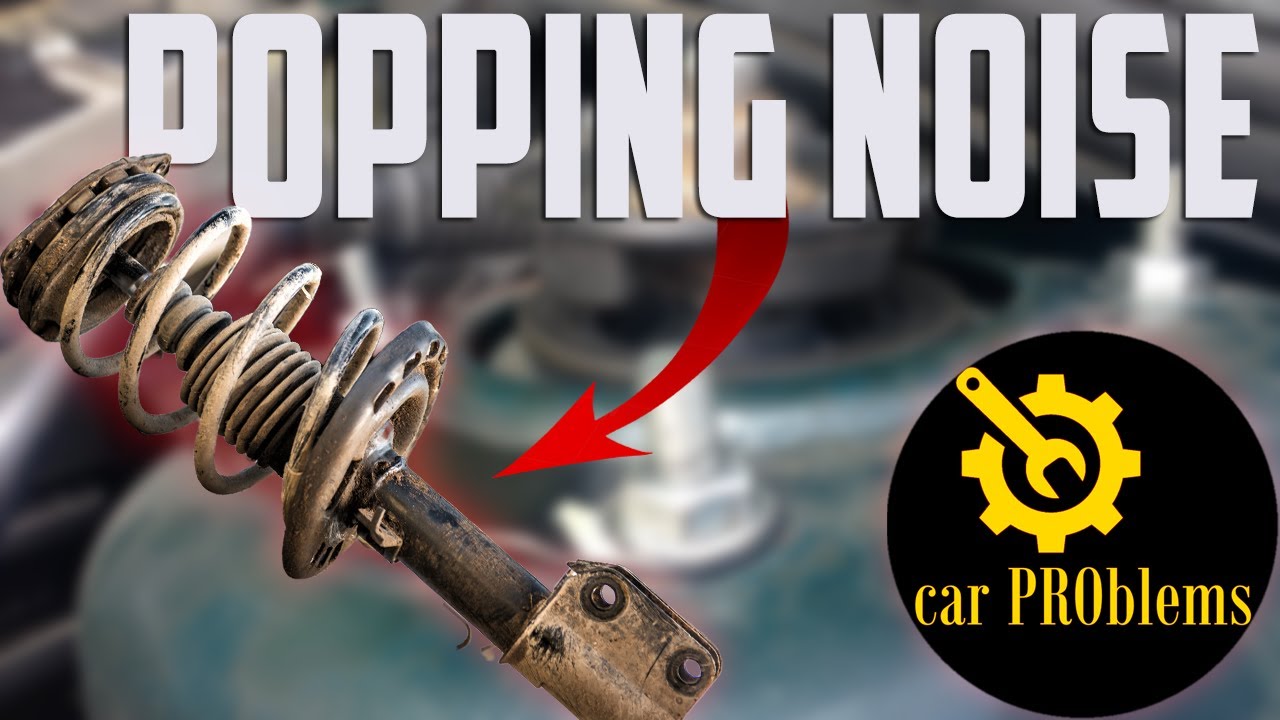Normal car functioning makes noise. Each car makes a particular noise that you’ll become used to. A running car engine generates a hum.
A system component is malfunctioning if you hear an odd noise anyplace in the car. Banging, squeaking, squealing, clicking, clunking, banging, and grinding are system component failures.
Why Does My Front Wheel Knock While Driving?
Several faults can cause the front wheels to knock loudly when accelerating. These faults include near steering racks, brakes, and front suspension.
Broken struts or mounts
Strut mounts attach suspension components to the frame. It reduces road-related tire vibration and stabilizes steering. Strut mounts connect shock absorbers to vehicle frames.
If the strut mount breaks, it will bang or knock on terrible roads. When driving slowly on a straight pavement, it may knock.
Broken sway bars
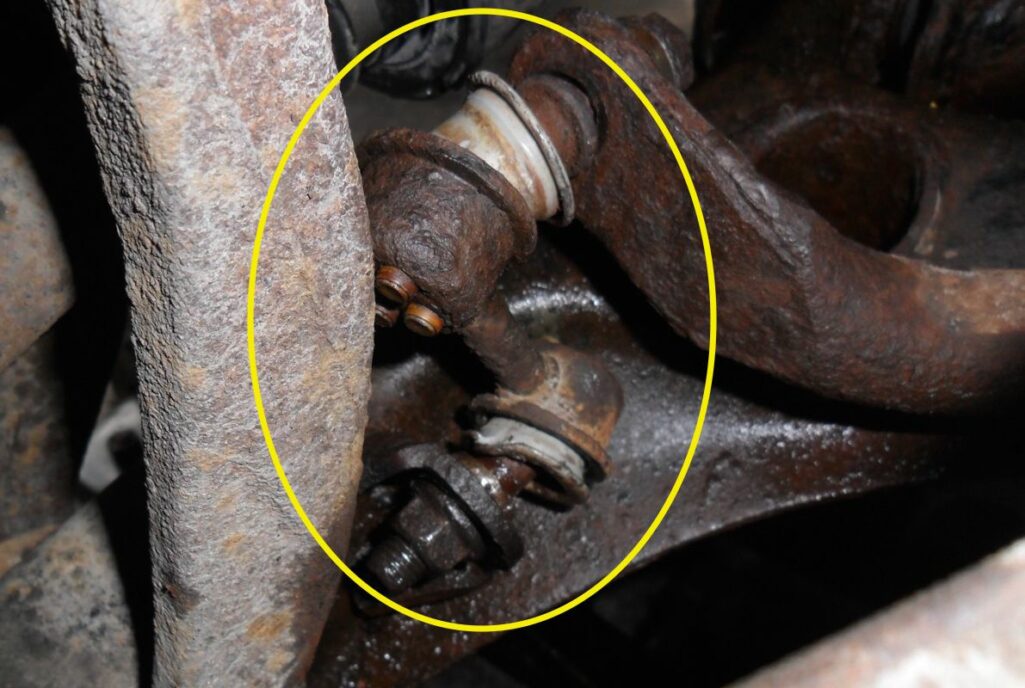
Sway bars prevent cornering roll. Balance the car’s weight. Roading with broken sway bars is probably familiar to you.
A broken sway bar might cause your car to flip when you accelerate around a bend. Sway bars are stressed because they balance vehicle weight. Therefore, they can break. They knock under the car when they break, especially on uneven roads.
Loose lugs
Wheel nuts, or lug nuts, secure the tire to the hub. The technician removes lug nuts when working on the suspension system that requires tire removal. Tire rotation or flats can require tire swapping.
If you’ve changed your suspension or tires and hear knocking at high speed, check the lug nuts. Driving at fast speeds will cause wheel wobble if the lug nuts are not tightened.
Bad bushings
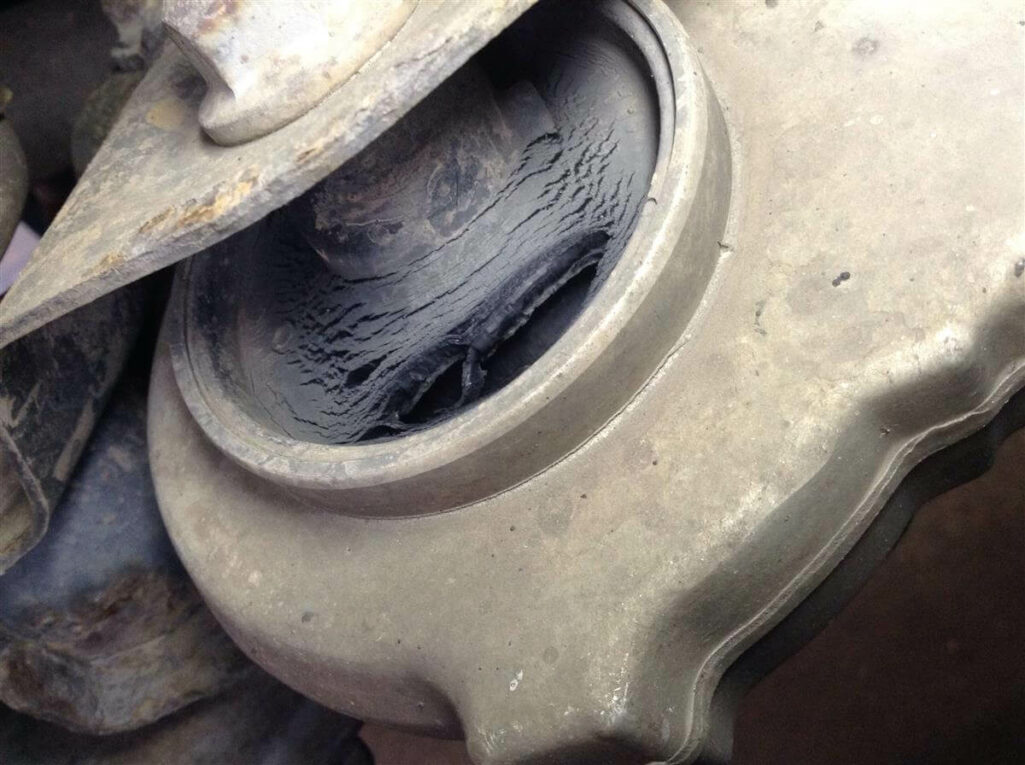
Car bushings are numerous. Wheel alignment is helped by their installation. In addition to aligning, they stabilize and control suspension components.
Manufacturers make rubber bushings. Over time, rubber materials wear down, especially when stressed. If they wear out or break, it will knock when not accelerating or braking.
Without a bushing, two or more metal components are rubbing together, making a knocking sound.
Poor tires
Tires affect every car’s mobility. Tires contact the road, therefore a vehicle cannot move without them. Misaligned, unbalanced, or defective tires generate road bumps. It can also cause wheel knocking when it hits suspension components.
Wheel bearing damage
Hubs have wheel bearings. They allow unfettered wheel rotation. A deteriorating wheel hub makes a humming sound when coasting. A severely damaged wheel bearing prevents wheel rotation. The bearing may scatter within, making a knocking sound when driving straight.
Axle troubles
The axles carry a vehicle’s weight, and the front axle carries the front weight. An automobile axle is built to last. It doesn’t need maintenance or repair by default.
The axle can be damaged and not last as long as an automobile. Accidents or hitting a large porthole might cause this.
Axles might be manufacturer defects. Some vehicle manufacturers recall autos for this reason alone. Such circumstances frequently render the axle unable to support the vehicle’s weight for long.
How To Fix Knocking Noise From Front Wheel When Driving?
Let’s fix the front wheels that knock after seeing what causes them. Fixing front-wheel knocking while driving is difficult. It involves various diagnostics to find and solve the bothersome knocking sound. Check out the steps below.
Car front bounce
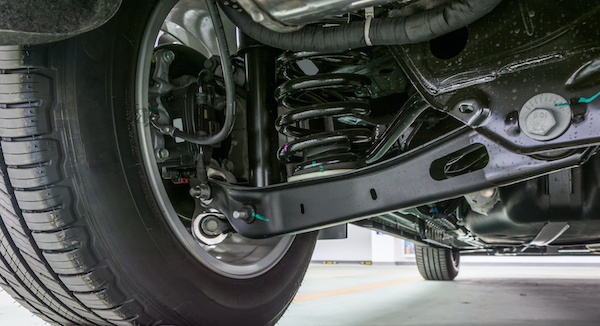
Bounce a car to fix frontal noises. Getting help is crucial. The helper should repeatedly press and release the hood. Repeat until suspension works.
Check struts and mounts while bouncing the automobile. Strut mounts should move significantly when broken. The old school will reveal if the strut mounts are shifting too much. The device can also detect strut and control arm issues.
Place the handle edge of a large screwdriver on your ear and the other end on the suspect parts. Get your aide to bounce the automobile again. Faulty parts should produce noise.
This works almost like a mechanic’s stethoscope. Found any broken parts? Assuming nothing is clear, continue. Sleep under the car on a floor mat.
Vehicle renewal
Control arms and bushings can be repaired using shims or bolts in a wriggling knuckle, but replacement is the sole option. Though expensive, this will provide a quieter driving experience for longer.
Follow a more visible solution, regardless of expense. It may be expensive, but it will pay off.
Check for loose lug nuts and tighten them. Check tires for uneven wear and replace them if needed.


